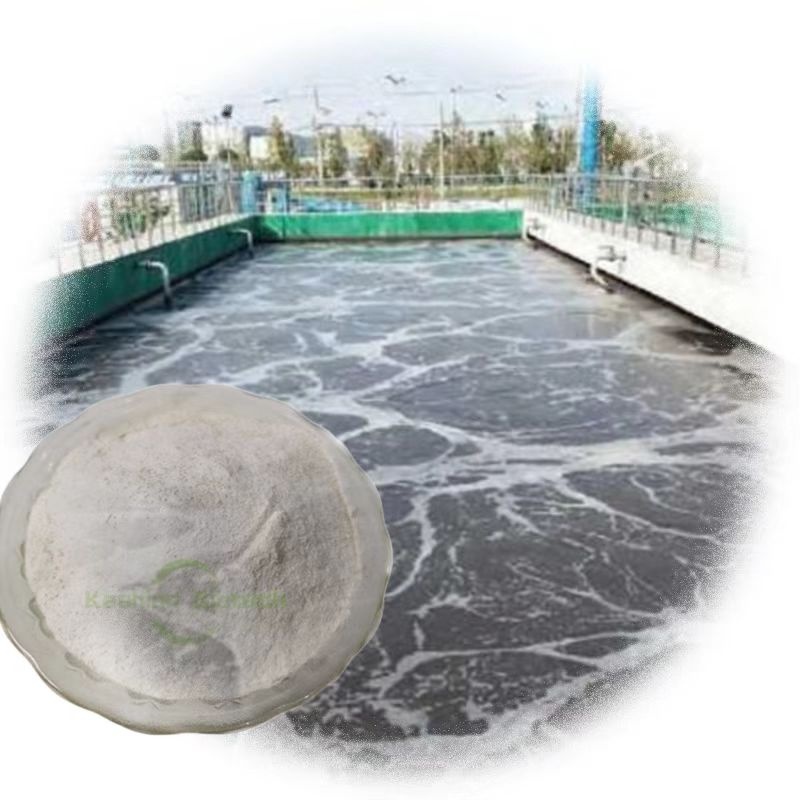
Home Products Sewage Treatment Bacteria Papermaking Wastewater Treatment Differences between sewage and wastewate
The pollution of domestic sewage is relatively serious, and the recovery rate is relatively high, mainly referring to the water discharged from the toilet. Waste water is less polluted and easy to recover.

Main differences between sewage and wastewater:
1. In fact, most sewage and waste water flow in the design of water supply and drainage pipes of buildings. For example, the washing water, bath water and hand washing water in the bathroom are basically merged and shared by the riser. It is only necessary to distinguish the reclaimed water reuse system when it is installed.
2. Domestic sewage refers to the washing water discharged from residents' daily life. In fact, only a small part of the wastewater is treated, and most of the wastewater is directly discharged into the river without treatment.
3. The pollutants in wastewater are complex and diverse, and it is difficult to achieve the goal of complete purification by any one treatment method. Usually, several methods are required to form a treatment system that meets the treatment requirements.
4. Domestic sewage is the waste water discharged from residents' daily life, mainly from residential buildings, offices, public places, toilets of industrial enterprises and other civil and public buildings. The pollutants contained in domestic sewage are mainly organic matter (such as protein) and a large number of pathogenic microorganisms. The organic matter in the domestic sewage is unstable and easy to decompose, producing odor. Bacteria and pathogens multiply by using organic substances in domestic sewage as nutrients, thus leading to the spread of infectious diseases. Therefore, domestic sewage must be treated before discharge.
5. The steps of industrial wastewater treatment are relatively complex, which must be considered according to the quality and quantity of wastewater, the purpose of receiving water or discharging into water, and the treatment and utilization of sludge and residue generated in wastewater. The wastewater treatment process and the possible secondary pollution of production have always been the recycling of flocculants.
Name: Nicole Yu
Mobile:+86 17718148007
Tel:+86 17718148007
Whatsapp:8617718148007
Email:sales@kashionbiotech.com
Add:No.6, Zhanxi Road, Yaohai District, Hefei City, Anhui Province, China.